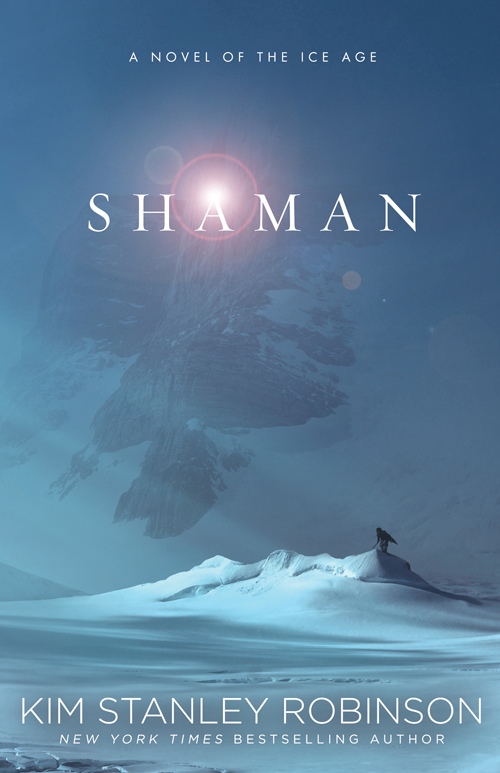The Real Science of Kim Stanley Robinson's 'Shaman'

Imagining the Earth 32,000 years ago is no easy feat.
Scientists have devoted their lives to understanding the ways that early, preliterate modern humans lived by studying artifacts, but "Shaman" (Orbit, 2013) — a new book from prolific writer Kim Stanley Robinson — brings that ancient Earth to life.
The book follows the fictional tale of Loon, an apprentice shaman, and his group of Homo sapiens, the people responsible for the beautiful Chauvet cave paintings in southern France 32,000 years ago. Although the book is a work of fiction, Robinson used real science to support his story. [Photos: Europe's Oldest Rock Art]
This part of human history "has been part of the project all along for me, this science fictional project of what is humanity. What are we? What can we expect to become? How do we use technology? Is there a utopian future possible for us? In all of these questions, it becomes really important [to understand] how we evolved to what we are now and what we were when we were living the life that grew us as human beings in the evolutionary sense," Robinson said.

To research his book, Robinson read extensively from anthropology and archaeology texts and popular novels; he also watched the Werner Herzog movie "Cave of Forgotten Dreams" to get inspiration and information for the novel.
He even asked an anthropologist working with pre-literate cultures in the New Guinea highlands to review his manuscript, taking the scientist's suggested changes seriously.
"I had had a scene where Loon was out with Sage collecting dried moss, which they would use as sanitary napkins, and [the anthropologist] said ... 'You know what? You've got to change that, because that would never, ever happen. Loon would never know, he would never explicitly know or he would never be talking about it,'" Robinson told LiveScience. "I had to change that scene. I had to re-work it and have Loon know without knowing, or without it being discussed. That was a good fix."
Get the world’s most fascinating discoveries delivered straight to your inbox.
Robinson did take some artistic liberties with his story, however. He imagined certain aspects of the cultural lives of his characters that have no archaeological basis, but that could have existed.
"I did think a long time about what they would have that just wouldn't survive at all, that archaeologists just can't speak to, but I think would have happened," Robinson said. "One of them was essentially the proto-fireworks. If you're looking at a fire every night, and they were, sometimes there would be a blue flame or a green flame or a purple flame that would burst out that they would track down what made that color flame. They would find the minerals involved or the rotted wood and they would collect it because it would be like their TV."
But some of the real science Robinson used was actually stranger than fiction.
Certain characters in the novel live in three-story houses with a fire that keeps the top of the home warm and the bottom cool, a detail pulled directly from Inuit culture, Robinson said.
He also researched the ways that early modern humans could have interacted with Neanderthals, a now extinct species or subspecies of the genus Homo that also roamed the Earth 32,000 years ago.
"We found out that 4 percent of our DNA is Neanderthal DNA, so that means that they got along [with humans]," Robinson said. "There were some sexual interactions, and god knows what they were like. We don't know what their language was. ... They're pretty mysterious to us, still. It looks like they only began to develop things like burials and beads and body art after they encountered Cro-Magnon, as if they were learning it from Homo sapiens." [Neanderthal to Cro-Magnon: Top 10 Missing Links]
"Shaman" is also similar to Robinson's earlier science fiction work. His book "2312" (Orbit, 2012) explores what the solar system might be like 300 years in the future. Although the subject matter might seem markedly dissimilar from that of "Shaman," there is some overlap in the kinds of worlds that Robinson created for his characters.
"They have similarities," Robinson said of the two books. "It's kind of a science fictional problem: Can you present an alien culture or a foreign culture in detail without slowing down the story? [It's] the famous science fiction problem of exposition. Can you tell the story and it still conveys the world without you stopping too often to explain?"
"Shaman" goes on sale Tuesday, Sept. 3.
Follow Miriam Kramer @mirikramer and Google+. Follow us on Twitter, Facebook and Google+. Original article on LiveScience.

